The UKVFTA is expected to help Vietnam and the UK maintain preferential trade conditions and economic benefits through market opening commitments included in the EVFTA. Specifically: the UK will eliminate tariffs on 42.5% of tariff lines from January 1, 2021; the remaining tariffs will be eliminated after 2, 4 or 6 years.
Items with a 0% tax rate as soon as the UKVFTA comes into effect focus on raw materials and garment products such as underwear, bathrobes, nightwear, loungewear, swimwear, handkerchiefs, scarves and ties (except silk), gloves, tights, children's clothing, blouses or knitted shirts for women or girls, some suits, suits, jackets...
After more than 3 years of implementing the UKVFTA, Vietnam's textile and garment exports to the UK market have improved significantly. Export turnover in the past 3 months has remained stable at a high level. According to data from the General Department of Customs, in August 2024, it reached over 76.7 million USD; in September 2024, it reached over 52.5 million USD; in October 2024, it reached over 61.9 million USD. In the first 10 months of 2024, Vietnam exported over 622.8 million USD worth of textiles and garments to the UK.
Although this figure is recorded as stable, compared to the incentives brought by this agreement, the achieved turnover is not as expected.
In fact, the lack of raw materials is the 'bottleneck' of the textile industry in taking advantage of incentives from the UKVFTA in particular and FTAs in general. Over-reliance on imported raw materials makes the added value of the industry in the country not high.
In addition to the reason of not meeting the rules of origin, related to the origin of raw materials, in the UK market, Vietnamese garment products are having to compete directly with similar products from Asian markets such as China, Bangladesh, Turkey, India, Pakistan, Cambodia and some EU markets such as Italy, Germany, the Netherlands, Spain, and France.
In particular, Chinese garments still have a greater advantage thanks to competitive prices; Bangladesh still enjoys duty-free treatment for imported goods into the UK because it is a least developed country.
Therefore, to find a solution to this problem, according to Mr. Ngo Chung Khanh, the Ministry of Industry and Trade , as the focal agency for negotiating and implementing FTAs, has been strengthening connections with ministries, localities, associations and relevant parties to create a linked ecosystem to help the textile and garment industry take advantage of FTAs effectively.
“The FTA utilization ecosystem in the textile and garment sector will connect central management agencies, local management agencies, enterprises, textile and garment business associations, credit institutions and textile and garment material suppliers to form an ecosystem to support enterprises in optimizing benefits from FTAs. Especially for the textile and garment industry, it is necessary to connect textile and garment enterprises with raw material suppliers," Mr. Ngo Chung Khanh emphasized and added that the Multilateral Trade Policy Department will seek comments from units related to the textile and garment industry such as: enterprises, textile and garment business associations, textile and garment materials, logistics, banks, etc. to supplement and complete the construction of the new generation FTA utilization ecosystem in the textile and garment sector to submit to the Ministry of Industry and Trade for promulgation and application in practice to support textile and garment enterprises in effectively utilizing benefits from FTAs.
The UKVFTA is expected to bring long-term benefits to the Vietnamese textile and garment industry in increasing export market share to the UK market, helping to diversify the market.
In the coming time, to effectively utilize the UKVFTA and expand the market share of garment products in the UK, according to the Import-Export Department, Vietnamese enterprises need to improve production capacity, deep processing, search for cross-regional raw material sources or develop domestic raw material sources. At the same time, enterprises need to proactively learn and participate in specialized training activities to be able to clearly understand, correctly understand and confidently apply regulations on rules of origin.
Businesses also need to grasp the needs of each market in each specific situation to develop and produce suitable products.
In addition, in the context of high inflation in the UK region, UK consumers tighten spending, causing a temporary decrease in orders. Businesses need to closely monitor the situation, choose suitable orders, maintain production, ensure jobs for workers in the near future, and should not be too worried about signing long-term orders at low prices.
Source: https://moit.gov.vn/tin-tuc/thi-truong-nuoc-ngoai/tang-cuong-ket-noi-tao-he-sinh-thai-giup-nganh-det-may-tan-dung-hiep-dinh-ukvfta-hieu-qua.html


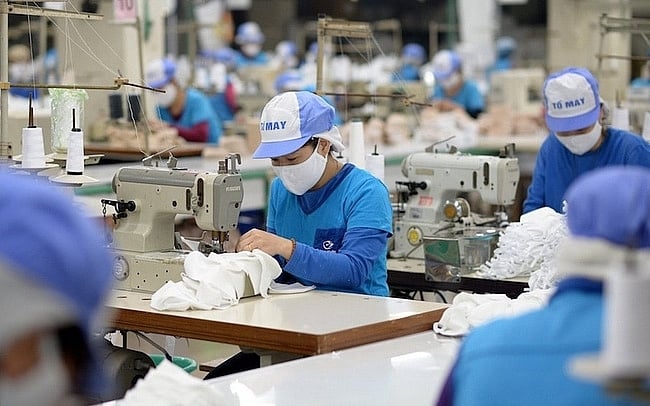


![[Photo] More than 17,000 candidates participate in the 2025 SPT Competency Assessment Test of Hanoi National University of Education](https://vphoto.vietnam.vn/thumb/1200x675/vietnam/resource/IMAGE/2025/5/17/e538d9a1636c407cbb211b314e6303fd)
![[Photo] Prime Minister Pham Minh Chinh chairs meeting on science and technology development](https://vphoto.vietnam.vn/thumb/1200x675/vietnam/resource/IMAGE/2025/5/17/ae80dd74c384439789b12013c738a045)
![[Photo] Readers line up to visit the photo exhibition and receive a special publication commemorating the 135th birthday of President Ho Chi Minh at Nhan Dan Newspaper](https://vphoto.vietnam.vn/thumb/1200x675/vietnam/resource/IMAGE/2025/5/17/85b3197fc6bd43e6a9ee4db15101005b)


















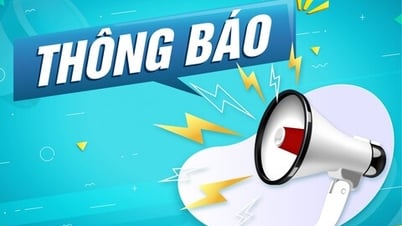



![[Photo] Nearly 3,000 students moved by stories about soldiers](https://vphoto.vietnam.vn/thumb/1200x675/vietnam/resource/IMAGE/2025/5/17/21da57c8241e42438b423eaa37215e0e)










































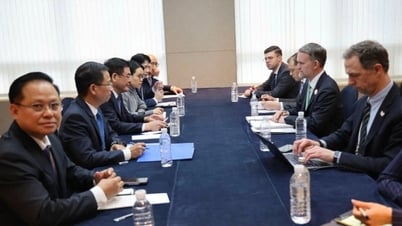

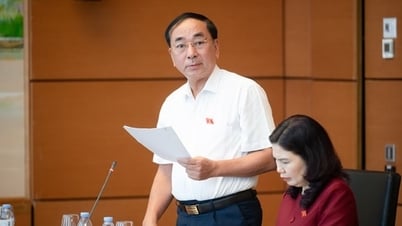

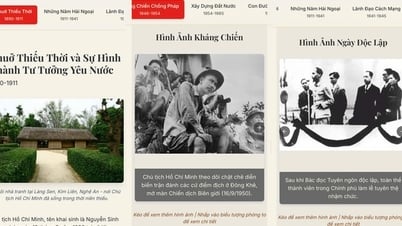
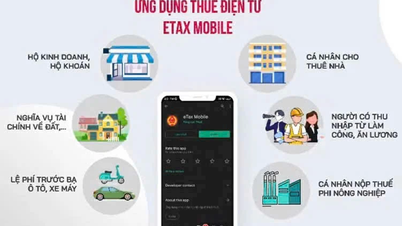

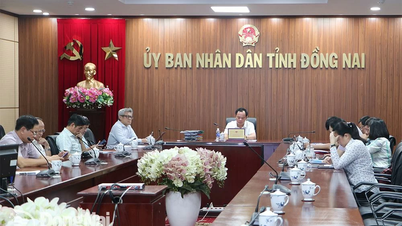
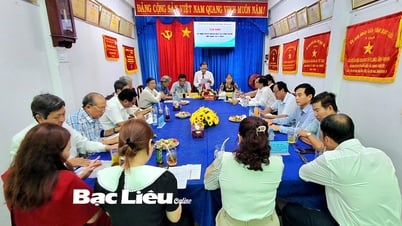
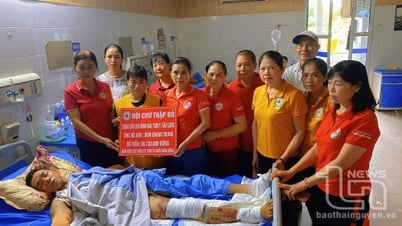











Comment (0)